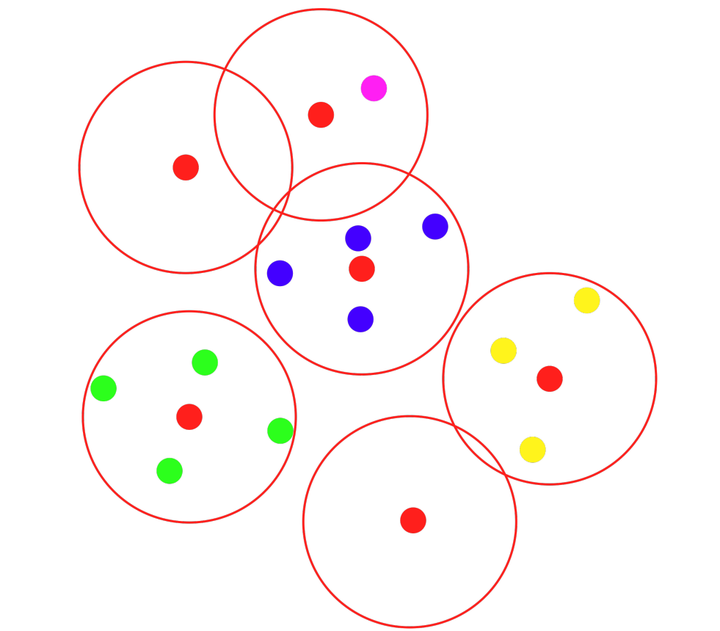Near-collisions and Their Impact on Biometric Security

Abstract
Biometric recognition encompasses two operating modes. The first one is biometric identification which consists in determining the identity of an individual based on her biometrics and requires browsing the entire database (i.e., a 1:N search). The other one is biometric authentication which corresponds to verifying claimed biometrics of an individual (i.e., a 1:1 search) to authenticate her, or grant her access to some services. The matching process is based on the similarities between a fresh and an enrolled biometric template. Considering the case of binary templates, we investigate how a highly populated database yields near-collisions, impacting the security of both the operating modes. Insight into the security of binary templates is given by establishing a lower bound on the size of templates and an upper bound on the size of a template database depending on security parameters. We provide efficient algorithms for partitioning a leaked template database in order to improve the generation of a master-template-set that can impersonates any enrolled user and possibly some future users. Practical impacts of proposed algorithms are finally emphasized with experimental studies.